On the evening of the 15th of June 1904 a steam engine team from Pamplin Brother’s Engineers, Cherry Hinton, was ploughing a field at Catley Park, Great Chesterford. All seemed to be going well and Frederick Mynott, one of the farm boys who was taking water and coal to the engines, stood on one of the engines chatting to the driver. However according to the report from Linton District Historical Society
“about 6pm the plough seemed to stick in the soil, and within seconds there was a tremendous explosion. The engine blew up and scattered jagged fragments of metal in every direction.”
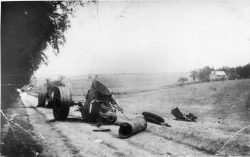
The driver of the engine, Robert Morrison, was hit by flying metal and thrown from his seat but survived. Sadly 21 year old Frederick was not so lucky. He was struck on the head by flying metal and died instantly.
What does this have to do with Chrishall?
Well I suspect the explosion might have been loud enough to hear at Chrishall and if it had it would certainly have concerned Mr Walter Goode of Church Road because he was one of Pamplin’s Foremen at the time of the explosion and had previously been working on the engine that blew up.
Walter and Susan Goode lived next to Luke and Emily Brooks in Church Road in 1911. Walter was 44 at the time of the explosion and told the enquiry into the incident that he had worked with engines for 30 years and for Pamplin’s since 1897.
In fact Walter wasn’t the only member of his family to work with engines. The Goode’s moved to Chrishall some time between 1871 and 1881 as they first appear on the 1881 census. Ann, Walter’s mother, had married Edwin Wells and had moved her family from Comberton to the village. Walter was 20 at the time of this census and living with his mother and stepfather in Brick Row and both Walter and Edwin were engine drivers. Just a few doors along was Arthur Goode with his family. Arthur was Walter’s older brother and was also an engine driver. 10 years later in 1891 Arthur had moved away but Walter had married Susan and they were living in Church Road. Further to all this was another brother, Edwin Goode, who lived at Elmdon and started his own company making engines. He started at Elmdon Lodge, Elmdon but eventually set up a workshop in Royston.
Back to the explosion
So it was that the Cambridge Independent Press of 5th August 1904 reported that Walter Goode from Chrishall had been called to give evidence to the enquiry.
There was a lot of discussion as to whether the valves had been tampered with or whether it was corrosion in the engine that had caused the fault. Walter admitted to ‘screwing down the valves’ to make the engines work harder…
Extract from the report:
Walter Goode, Chrishall, Essex, a steam plough foreman, said he had never served an apprenticeship, but had been working with engines for 30 years. He was foreman at Messrs. Pamplin’s for three years previous to 1900. He could not remember receiving instructions from Messrs. Pamplin as to what pressure he was to work at, but he had worked the boiler in question up to 120lbs. Some employers, said the witness, would tell a man to put on 130lbs, or more, and screw down the safety valves if 120lbs would not do the work, but Mr Pamplin was a different sort of man. The engines he was now working had been worked up to 150lbs, and he had screwed down the valves.
Mr Smith (Barrister): Are you a married man? – Yes sir
Any children? – No – thank God. (Laughter)
Do you want to remain in this world and die a natural death? – Yes I hope so
Well, don’t screw down your valves further than they are when they come out, or some day you will be blown up. – I hope not, sir.
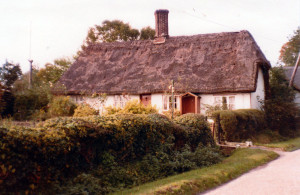 Walter never did have any children and also was presumably careful with the valves, for he died in 1929 just seven months after his wife Susan when he was aged 70 and they are both buried just down the road from their cottage in Chrishall Churchyard.
Walter never did have any children and also was presumably careful with the valves, for he died in 1929 just seven months after his wife Susan when he was aged 70 and they are both buried just down the road from their cottage in Chrishall Churchyard.
You can read Linton Historical Society’s account of the incident here and you can read about Pamplin’s of Cherry Hinton here (which includes a picture of Mr Pamplin)
The verdict, incidentally, was accidental death. Pamplin’s were not to blame.
Possibly the most amazing part of this story is that 3616 which was the engine that exploded was re-built and went on to give many years of service!
With many thanks to Clive R Flack for the photographs of the explosion.
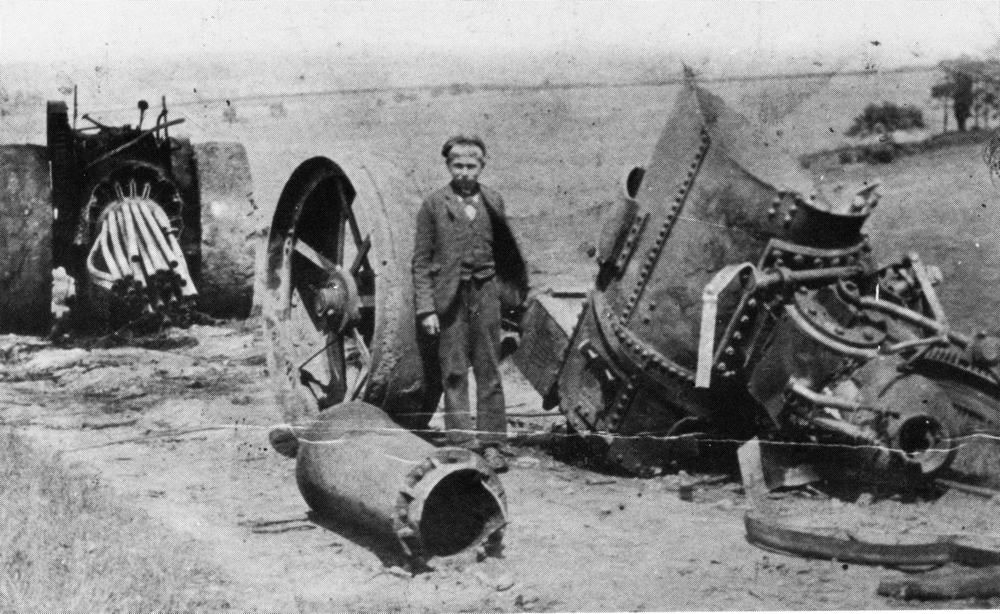
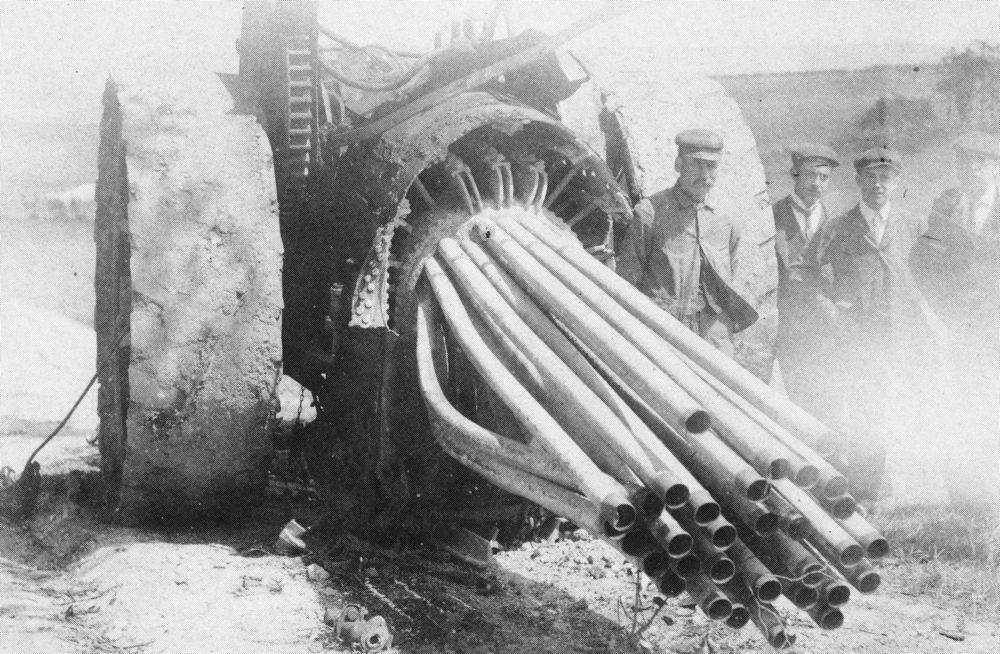
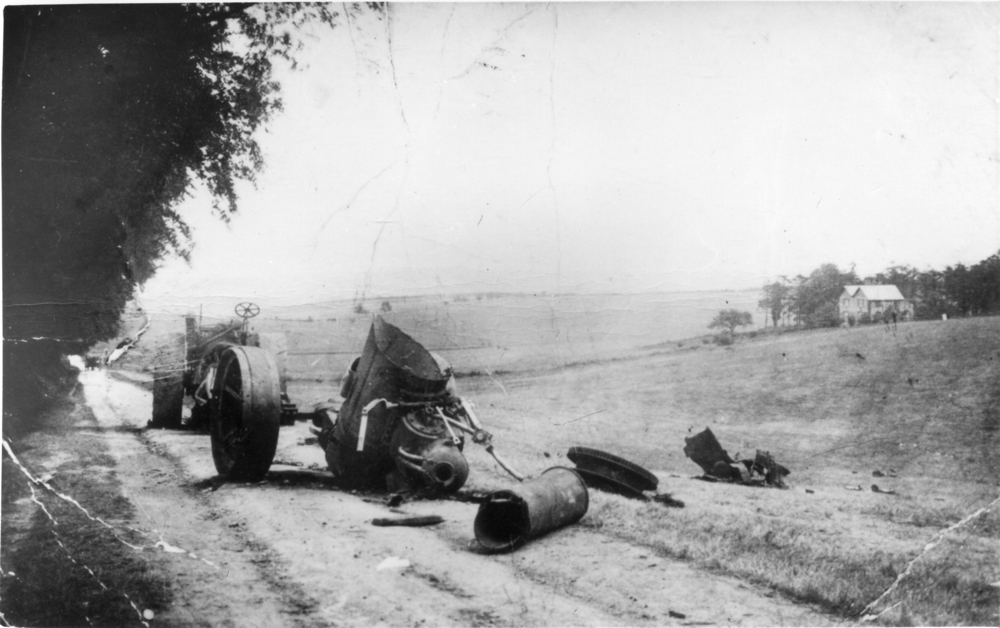

0 Comments